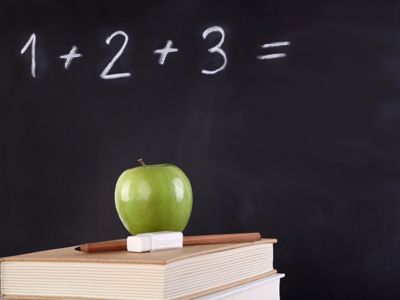
Year 2 Calculation - Addition
This quiz addresses the requirements of the National Curriculum KS1 Maths and Numeracy for children aged 6 and 7 in year 2. Specifically this quiz is aimed at the section dealing with addition of numbers including: a two-digit number and ones, a two-digit number and tens, two two-digit numbers and three one-digit numbers.
Calculating totals means looking at the numbers in an addition calculation and thinking about a sensible way to add them together. When three one-digit numbers are to be added, for example in the calculation 5 + 7 + 5, it might make sense to add the 5 and 5 to make 10, before adding on the 7. If two two-digit numbers are to be added, such as 12 + 13, adding the 2 and 3 to make 5 and then adding the two tens to make 20 might be wise. The same sort of logic applies when adding a two-digit number and a one-digit number. Recognising that additions can be completed in any order could help with this.
Ready for more?
not all...
quizzers. Try to win a coveted spot on our Hall of Fame Page.







